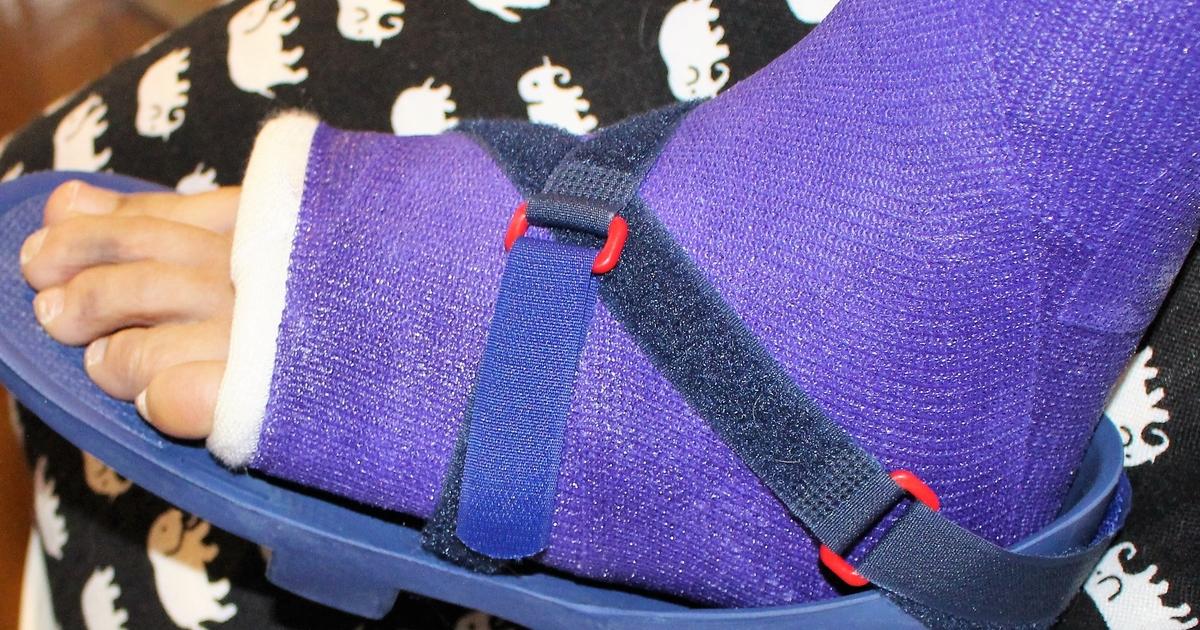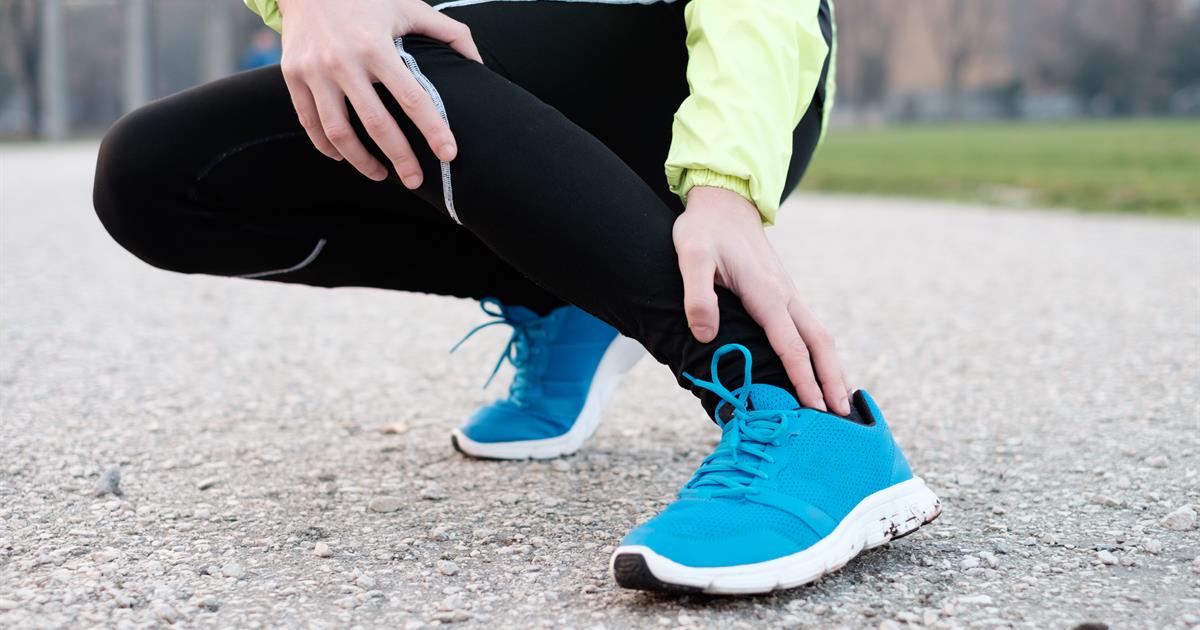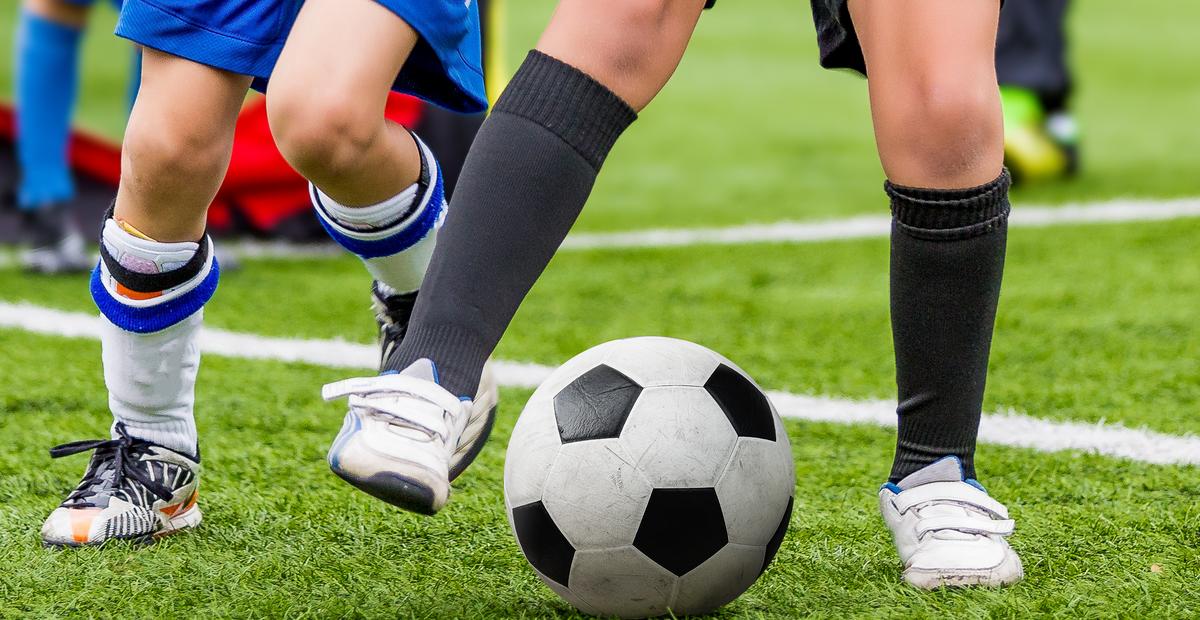Guide To The Risk Factors For A Sprained Ankle
The ankle is one of the most complex joints in the body. In addition to being made up of bones, it's also made up of muscles, tendons, and ligaments. These structures all work together to help the ankle function the way it's supposed to. Ligaments are bands of tissue that are responsible for holding the ankle bones together. They help keep the ankle firm while allowing individuals a wider range of motion. If the ligaments are stretched further than they're meant to be, this leads to an ankle sprain. Sprains are injuries to ligaments, while strains are injuries to muscles and tendons. The majority of sprains occur with the ligament found on the outer portion of the ankle.
Running On Uneven Surfaces

Running on uneven surfaces makes individuals more likely to roll their ankle. When individuals roll their ankle outward, especially when they put weight on it, it leads to pressure and stretching of the ligament. The ligament is more likely to tear. Runners must be aware of the surfaces they're running on. Uneven surfaces aren't safe to run on, especially if individuals aren't wearing protective gear like shoes that prevent their feet and ankles from rolling. Individuals should always pay attention to the ground below their feet as they run, regardless of how level the surface is.
Grass is an appealing surface to run on because it tends to be low impact while also increasing the workout to the muscles. However, grassland is often uneven, and it tends to have pitfalls individuals might not see right away. Woodland trails are also good to run on, and any uneven ground is often visible, though they do require individuals to pay ample attention. Regular earth is another potentially uneven running surface, but it's often good for muscles.
Previous Ankle Injury

A previous ankle injury increases an individual's risk of developing a sprained ankle for a few reasons. If the injury didn't heal right, they may have a restricted range of motion that causes problems with their ligaments. If the injury was another ankle sprain, individuals might find their ligament is tighter when it heals than it was before. They'll need to work up to their previous level of activity by doing gentle stretches and range-of-motion exercises. Overdoing exercise immediately after recovering from an injury makes individuals more likely to get injured.
The other reason is because of ankle instability. If individuals have a prior history of ankle injuries, they're more likely to have an unstable ankle, which has a larger tendency to roll outward when individuals put their foot down, even if it's on a flat surface. Multiple ankle injuries can lead to chronic instability. There are ways to combat instability, such as wearing braces when exercising or playing sports. It's important to be aware of the increased risk of injury.
Poor Physical Condition

Some individuals are at a higher risk of an ankle sprain because they're in poor physical condition. This doesn't necessarily mean an individual is overweight. It usually means their ankles aren't flexible enough or strong enough to handle the level of physical activity the individual is participating in. This is often the case with athletes who partake in sports too quickly after time off. It can also be seen with individuals who begin exercising or amp up their level of exercise too fast.
When someone is out of shape, they need to build up their range of motion and stamina gradually. The more strain individuals put on their ankles, the more likely an injury is. Muscle fatigue can cause an ankle to become unstable and roll outward. It's better for individuals to build up their stamina and muscles slowly over time than to go too fast and injure themselves. One thing individuals can do is talk to a personal trainer about how to safely move up their activity level.
Wearing Improper Shoes

Wearing improper shoes is a very easy way for individuals to injure an ankle, especially if they're participating in heavy exercise or sports. High heels are particularly likely to cause ankle injuries, especially if the base of the heel offers no support. If individuals struggle to balance in their shoes, they're more likely to become unstable and roll an ankle. Many high heels also don't have adequate support around the ankle to keep from rolling.
Individuals might also injure themselves if they wear sneakers that don't fit right. If the sneakers are too loose, they can slide around an individual's feet and cause them to roll an ankle. Sneakers that are too old to have proper support will also make individuals more susceptible to ankle injuries. The shoes individuals wear should be supportive enough to help them through whatever daily activities they participate in. Whether these are athletic or simply standing behind a retail counter, the footwear individuals choose is important for their health.
Participating in Sports

Participating in sports increases an individual's likelihood of spraining an ankle, though some sports are riskier than others. Even if individuals wear all the right gear and take precautions to exercise properly, they still may sprain an ankle. This is because the larger range of motion and increased physical activity during sports create more opportunities for an injury to occur. Contact sports like football are more likely to cause an injury because various parts of the body may move violently in ways they aren't meant to.
Sports like jump rope and dance can also increase an individual's likelihood of injury, since they involve frequent and repeated intensive movements of the ankle joints. Running also increases an individual's risk. If individuals play sports that require them to jump, they have a higher likelihood of spraining an ankle, since they might roll an ankle when they hit the ground. Ankle injuries are common in sports like soccer, tennis, and basketball for this exact reason.
